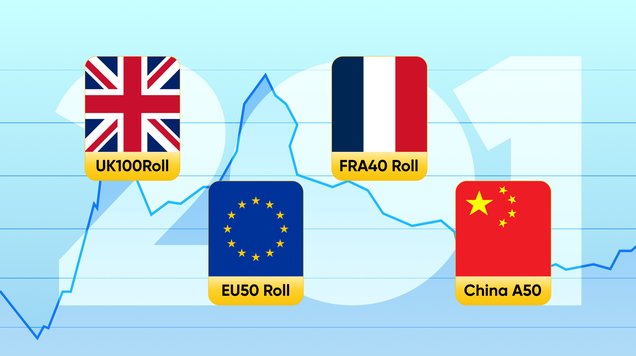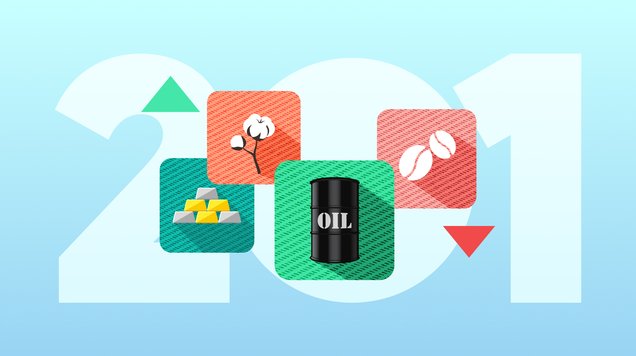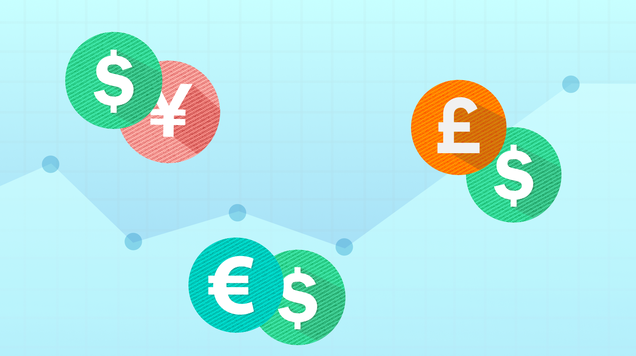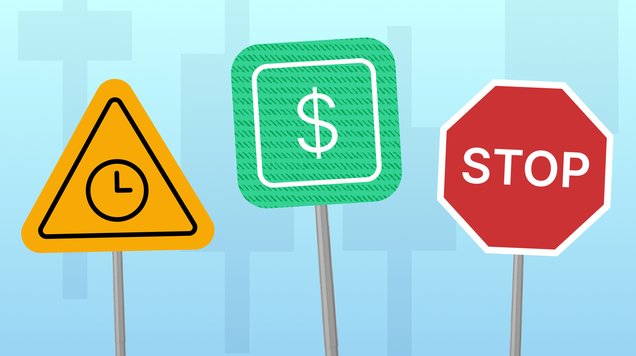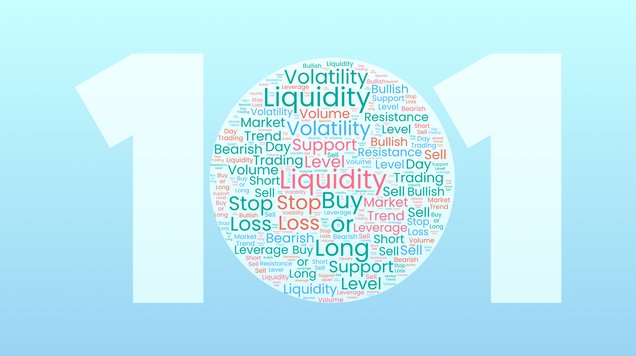Exchange Traded Funds (ETFs)
Learn more about ETFs and how you can benefit from diversifying your portfolio with different asset classes.

An Exchange Traded Fund is a basket of financial assets, and it can be bought and sold on a stock exchange such as the NYSE
This basket can be focused on a certain asset class, industry sector or geographical region
ETFs can also be traded as CFDs, allowing traders to speculate on their price change without purchasing the underlying asset
ETFs provide an easy and low-cost way for traders to diversify their portfolio with multiple assets, as the transactions costs are lower than trading individual assets
Introduction to Exchange Traded Funds
An Exchange Traded Fund or ETF represents a unique investment basket containing a blend of diverse assets, typically including shares, commodities, futures, and bonds. ETFs are traded throughout the day on stock exchanges, differentiating them from mutual funds.
An ETF can be structured to replicate the performance of an individual asset or encompass a broad collection of assets.
The first American ETF was established in 1993 by State Street Global Investors and was named the S&P 500 SPDR Trust ETF, commonly referred to as "Spider." Presently, the S&P 500 SPDR ETF manages over $410 billion in assets.
This fund invests in all stocks listed in the S&P 500 index, with the aim of emulating the index's performance. Put simply, investors pool their funds with State Street Global Investors, and the company allocates those funds by acquiring small portions of all the 503 stocks in the S&P 500 index.
Different types of ETFs
ETFs generally track benchmark indices in the stock market, various stock sectors, energy sectors, technology sectors, and regional markets.
Additionally, there are also leveraged ETFs (ETFs with trading volumes amplified by borrowed funds), short-selling ETFs (borrowed ETFs that are initially sold with the intention of being bought back later at a lower price), and dividend-focused ETFs (bundles of stocks that pay dividends on profits more regularly than most). Dividends in ETFs are subject to varying treatments, which depend on how the underlying stocks or handled. For example, qualified dividends (which often receive favourable tax treatment) can be disbursed solely to investors who actively held the ETF shares during the 60 days leading up to the dividend pay-out date.
ETFs can be either actively-managed or passive. Passive ETFs often mirror a benchmark index's performance, while actively-managed ETFs are more dynamic and strive to outperform benchmark ETFs. Managed funds charge higher fees and passive ETFs can end up being more profitable once costs are deducted from the potential profits.
An example of a managed ETF is the ARK Innovation ETF (ARKK), managed by Ark Invest. The fund is directed by Cathie Wood, Ark Invest's CEO, and her team, who research stocks with disruptive innovation potential and determine allocation proportions to each stock.
In passive ETFs, investors are generally unconcerned about the fund manager's identity. Whereas in actively-managed ETFs, investors are more interested in the manager's calibre, experience, and track record. Recent innovations have also led to the creation of AI-managed ETFs, which are measured by past-performance data.
ETFs can also be traded as ETF CFDs that allow traders to speculate on the price movement of an ETF without owning the asset itself. This allows traders to buy and sell on the secondary market, and can access ETFs quickly and aim to catch profits on the ETFs momentum with added leverage. ETF CFDs are only tradable during the respective stock market's operational hours. They have potential for higher returns, but usually come with higher potential risk that is associated with leverage.
Benefits of trading ETFs
Trading ETFs presents several benefits for traders including lower transactions costs and distribution of risk as you’re trading a group of pre-selected stocks at once.
ETFs empower investors to diversify their investments without increasing transaction costs. For example, an investor building an extensive portfolio by purchasing all S&P 500 companies might incur around 503 distinct transaction costs for each acquisition. But an investor who purchases the same value of stocks by investing in the relevant S&P 500 ETF, incurs only one transaction cost while achieving equivalent returns.
When trading ETFs, you don’t have to choose between products, but you can invest in several assets at the same time. This generally reduces the risk level of your portfolio, as you are not so dependent on the performance of one product. For example, an investor interested in artificial intelligence stocks might face challenges in selecting the optimal stock for their portfolio. They might choose a stock like Nvidia (the company behind ChatGPT), only to witness other AI stocks outperform their selection in a particular trend. Therefore, investors find it logical to invest in an AI ETF, which aids in distributing the associated risk. In this manner, losses from one AI stock within the ETF can potentially be offset by profits from another AI stock in the same ETF.
ETFs are also frequently employed to hedge portfolios, in cases where an investor is excessively exposed to a particular sector. For instance, an investor holding a significant number of restricted Apple shares might engage in short selling of an Invesco NASDAQ 100 ETF to mitigate the risk of rapid declines in Apple's stock value.
ETFs also are a relatively easy way for less experienced investors, who are still learning about financial markets, to invest in multiple assets with ease and speed.
Risks included in ETF trading
In addition to benefits, ETF trading also includes risks that traders should acknowledge. Market risk, where prices may move unfavourably against your speculated direction and result in losses, is the most significant risk for ETF traders.
Another risk for ETF traders is the potential for ambiguous naming. Two ETFs labelled as "BioTech ETF" might hold entirely different assets, leading to disparate outcomes. Therefore, it helps prior to investing in an ETF to conduct research - which is vital to comprehend the fund's holdings and asset allocations.
In addition, a company managing an ETF might choose to liquidate it due to insufficient funds and reimburse stakeholders in cash. This process can be financially burdensome for ETF shareholders.
Traders should always use risk management tools to help minimise losses if your predictions of the price movements prove incorrect. If you want to learn more about trading ETFs before investing funds, you can practice with a risk-free demo account to build up your skills before opening real funds.

